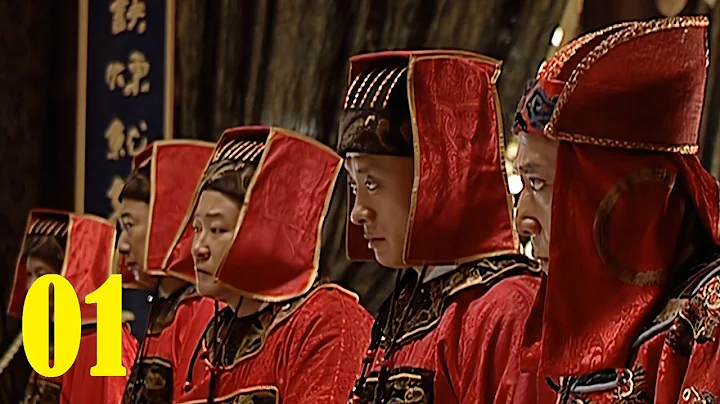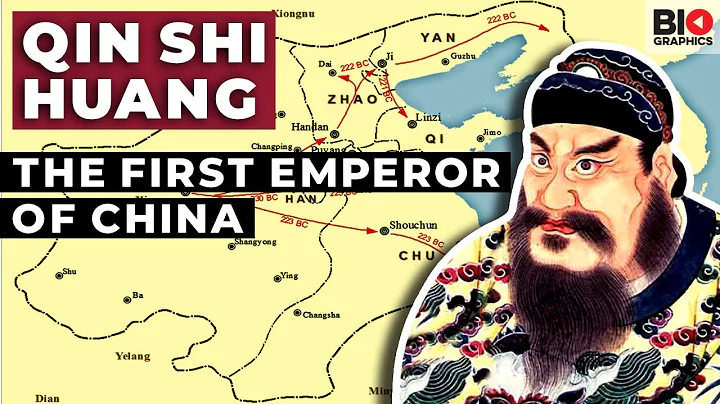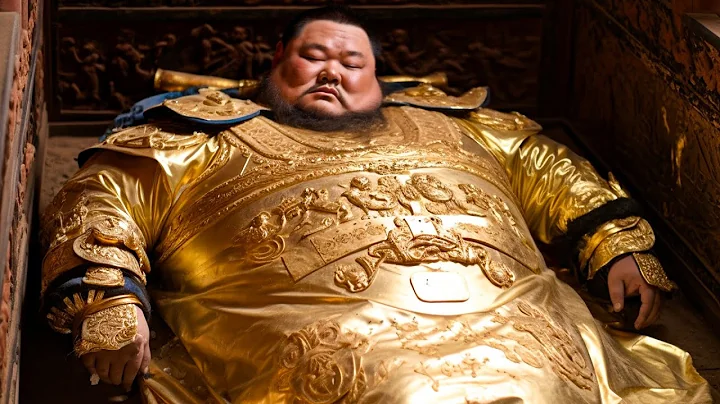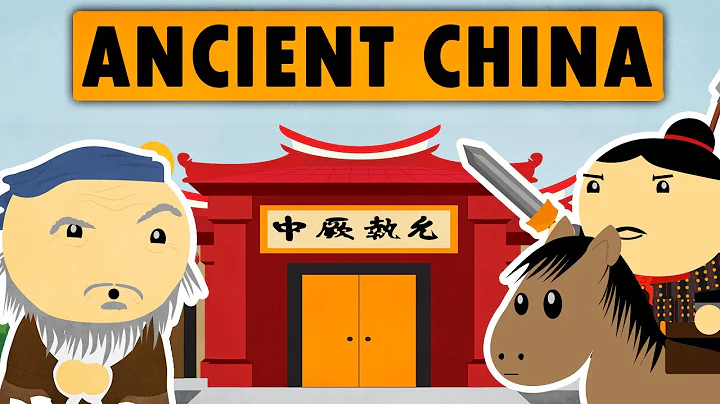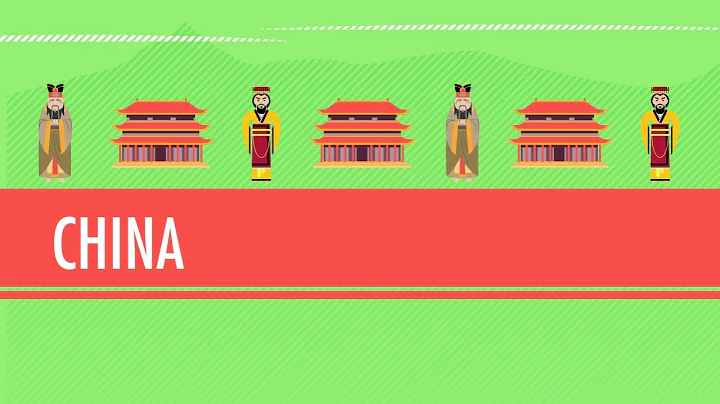Li Zicheng (1606~1645), formerly known as Hongji. People from Mizhi, Shaanxi. When he became emperor, he named Li Jiqian as Taizu. He is known as King Chuang and Li Chuang. One of the leaders of the peasant army in the late Ming Dynasty and the founder of the Dashun regime. On March 18, 1644, Li Zicheng captured Beijing and the Ming Dynasty was destroyed. On May 27, 1644, Wu Sangui and Li Zicheng fought a decisive battle in Shanhaiguan.

Ming Dynasty Chongzhen From July of the first year to March of the seventeenth year, Li Zicheng, Zhang Xianzhong and others led the peasant army to revolt. They fought in the east and west, continued to grow, and finally overthrew the crumbling and Ming Dynasty . Later, Wu Sangui, the Ming Dynasty general who was responsible for guarding Shanhaiguan, colluded with the Qing army and lured him into the pass. Li Zicheng had no choice but to leave the capital and fight in Shaanxi, Henan, Hubei and other places, and finally disappeared. Therefore, there have always been various theories about the mystery of Li Zicheng's death. The authenticity is difficult to distinguish and the mystery is thick.
As for when, where and how Li Zicheng died? The official statement has been around for a long time, but later generations are quite controversial about this conclusion.
The conclusion of " History of Ming Dynasty ": Self-inflicted is dead, and the corpse is indistinguishable. It was based on a memorial to the court by General Jingyuan Azige of the Qing Dynasty who was chasing Li Zicheng at that time. It stated that Li Zicheng's soldiers were exhausted and exhausted. He only took a dozen of his trusted followers and ran into Jiugong Mountain and were captured. The villagers surrounded him and, unable to escape, hanged themselves. Also, the Southern Ming Dynasty the general stationed in Hunan, the Minister of War He Tengjiao reported to the king of Tang that his army beheaded Li Zicheng at the foot of Jiugong Mountain, but his head was lost.
The famous scholar Wang Fuzhi recorded the death of Li Zicheng in two places in his "Yongli Records". In Volume 7, it is written: "Li Zicheng crossed the river, as if entering an uninhabited land, walked by Puqi, and died on Jiugong Mountain." In Volume 13, he wrote: "In May, when Zicheng reached Jiugong Mountain, he stopped eating. He acted recklessly and rode wildly, and was killed by the natives."
Although the details of the above information are inconsistent, they all point to one conclusion: Li Zicheng was defeated and killed. .

But some people say that Li Zicheng lived in seclusion in Jiashan Temple or Qingcheng after his defeat.
First, there are records that Li Zicheng hid in Jiashan Temple in Shimen
In the fifteenth year of Qianlong, that is, 1750 AD, "Lizhou Zhilin" recorded that in the early years of the Qing Dynasty, Zhang Qiongbo, a fellow scholar who was about to enter Yunnan to take office, was on his way to his post. , visited Shimen Jiashan Temple, and talked about the past and present with the abbot of the temple. We felt like old friends at the first sight, and we regretted seeing each other so late that we became close friends. A few years later, he revisited Jiashan Temple and found that the abbot and abbot had passed away. While he was in mourning, the abbot's apprentice told him that the abbot was Li Zicheng, the king of Chuang. In Jiugong Mountain, it was his general Sun who died in his place.
In the early years of Qianlong's reign, He Mou from Lizhou went to Jiashan Temple to investigate the whereabouts of Li Zicheng. In the temple, he saw a portrait of Li Zicheng, who was said to be called "Fengtian Jade Monk". In 1981, the tomb of "Fengtian Jade Monk" was discovered in Jiashan Temple, Shimen. After examination, the remains in a porcelain altar were similar in stature to Li Zicheng. The funerary objects in the tomb are the same as those in Mizhi County, Shaanxi Province, Li Zicheng’s hometown. However, some people have put forward many objections to the theory that Li Zicheng lived in seclusion in Jiashan Temple, and this view cannot be concluded.

Second, some people have proved that Li Zicheng hid in Qingcheng of Yuzhong County
It is said that after Li Zicheng's defeat, he lived in seclusion in Qingcheng of Yuzhong County under the cover of his uncle Li Bin and cousin Li Zisheng in Qingcheng. After his death, he was buried in At the foot of Longtoubaozi Mountain by the Yellow River in Qingcheng Town, the descendants of the Li family in Qingcheng, Yuzhong have been circulating a family tree for hundreds of years, in which Li Zicheng's name is written, which is of great historical value.
It seems that in order to solve the mystery of Li Zicheng's life and death after his defeat, more in-depth research is needed.


![[Han Dynasty Thirteen Generals] The God of War fights hard to defend the border! | YOUKU MOVIE - DayDayNews](https://i.ytimg.com/vi/4ow0PAcWGVg/hq720.jpg?sqp=-oaymwEcCNAFEJQDSFXyq4qpAw4IARUAAIhCGAFwAcABBg==&rs=AOn4CLBE_7eYnBTT1lUpSfSGf5tqbZ_Olw)



![[Eng Sub] The Warlords (投名状) 2007 - DayDayNews](https://i.ytimg.com/vi/LqmmPmuoCD8/hq720.jpg?sqp=-oaymwEcCNAFEJQDSFXyq4qpAw4IARUAAIhCGAFwAcABBg==&rs=AOn4CLCxURyoKwH2EW67W1trVKYd5vsZ3A)
![Chu-Han Rebels vs Imperial Qin [ENG SUB] 刘邦项羽苦战秦军 - DayDayNews](https://i.ytimg.com/vi/n8W7D3CAp3o/hq720.jpg?sqp=-oaymwEcCNAFEJQDSFXyq4qpAw4IARUAAIhCGAFwAcABBg==&rs=AOn4CLCEhYn2GhSDu1BEYRdwg6cYFSQsVQ)
